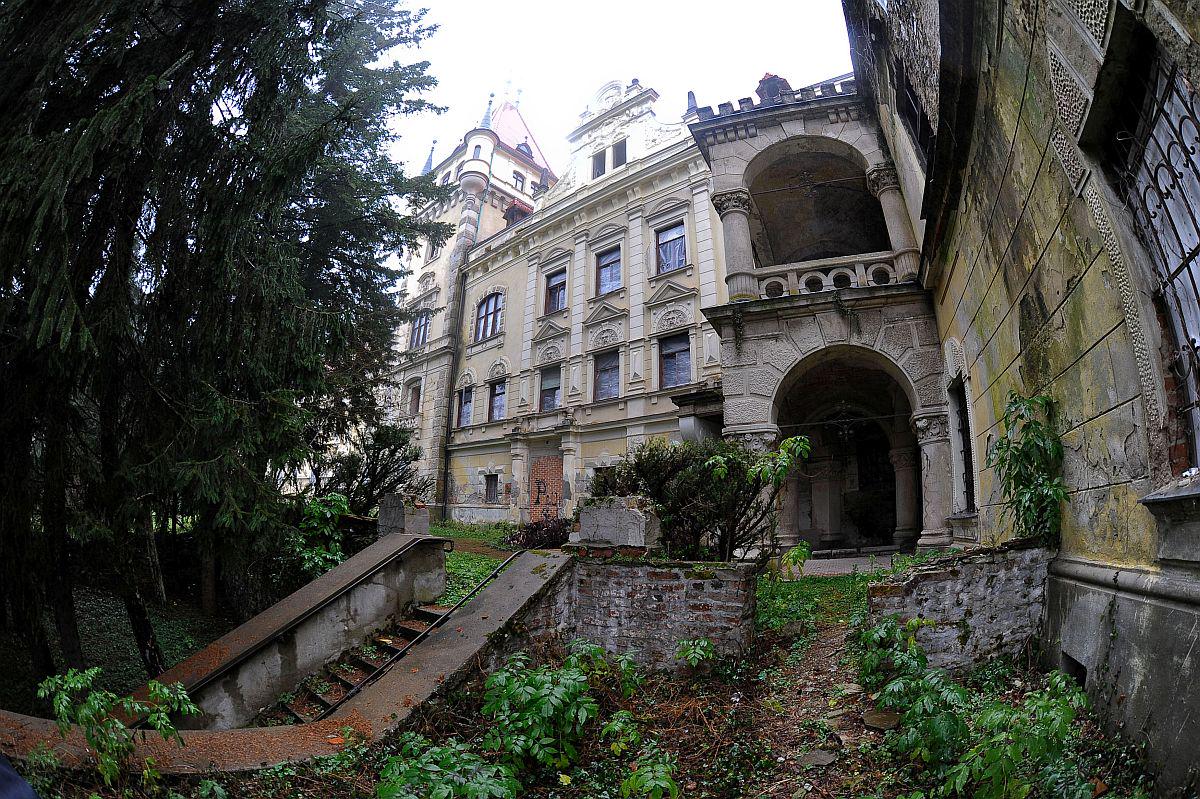
Just outside of Maribor, the Viltuš Mansion looks like something out of a storybook. Some evidence of its past splendor remains to this day, even though most of the building is now in a poor condition, and is, according to local lore, a playground for ghosts.
Located in a forest just on the main road connecting Maribor and Dravograd, the current mansion dates back from the 19th century, even though an older castle once stood nearby. That building was once used as a hunting lodge, hence the name Wildhaus (German for “house in the wilderness”), which became Viltuš in Slovenian. Parts of an older, 17th century structure were incorporated into the new building.
Even when it was built, the mansion was remarkable for its ornate Tudor architecture. The central tower is surrounded with smaller turrets, while elaborate dormers and neo-Norman decorations make it unlike any other mansion in the Slovenian Lands.
At one time, the interior was just as opulent as the exterior; it featured extensive marble decorations and other luxury features. The mansion was surrounded by an opulent garden full of exotic plants.
Like many other castles and mansions in Slovenia, its fate remained highly uncertain for much of the 20th century. During World War II, Viltuš served as the headquarters of the Gestapo. It was nationalized by the Communist authorities after the war; it then housed a retirement home for several decades, but when the home moved into a new facility in 1989, the building was left abandoned. Some of the windows were bricked up to keep vandals out, but the mansion was repeatedly looted.
Several plans to repair Viltuš were abandoned, and the authorities have declared the compound dangerous for visitors. Legends of ghosts seen in and around the mansion have spread in recent years. Perhaps the mysterious apparitions are the spirits of the mansion’s past owners, the people who helped to create one of Slovenia’s most unusual buildings.

































































